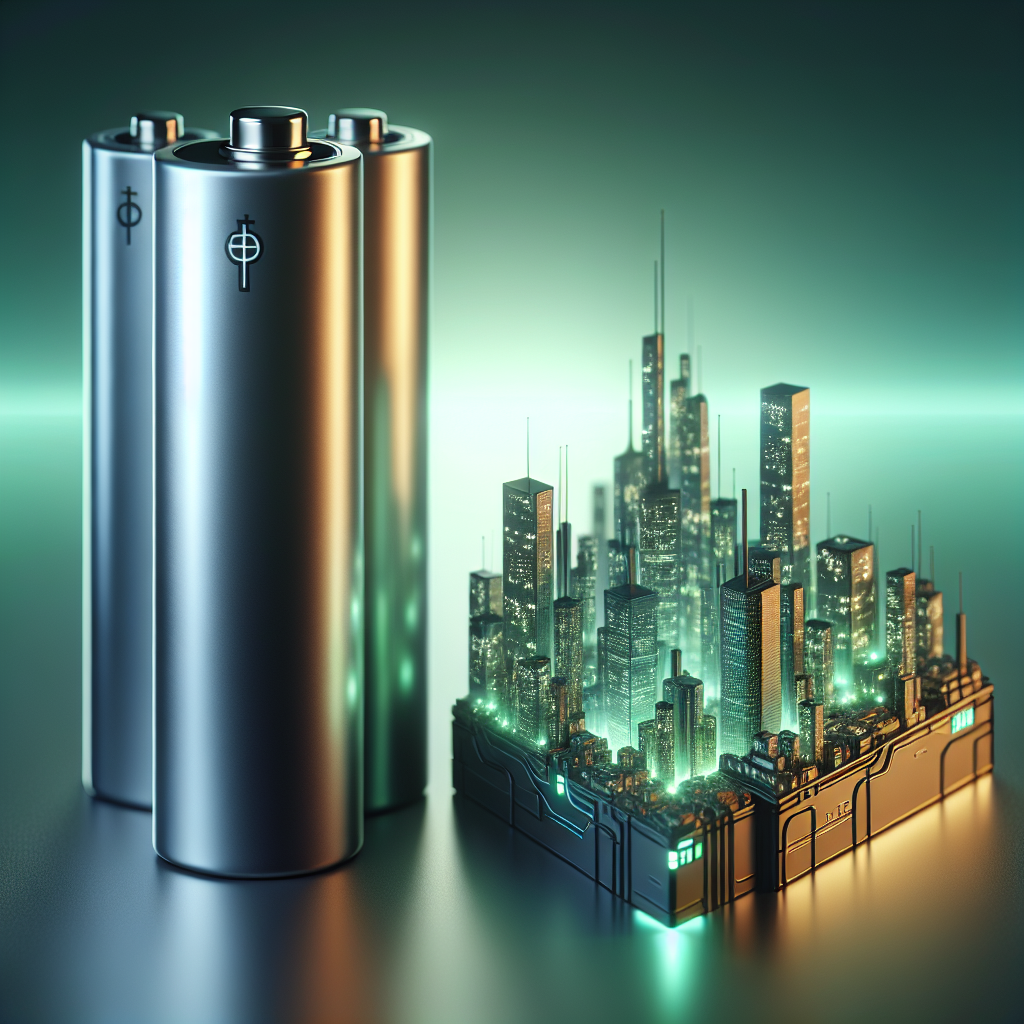Lithium-Ion vs. Solid-State Batteries: The Path to Sustainability
The global transition toward sustainable energy sources has intensified the search for more efficient, safer, and environmentally friendly battery technologies. As the backbone of modern portable electronics, electric vehicles (EVs), and renewable energy storage systems, batteries play a pivotal role in this shift. Among the contenders, lithium-ion (Li-ion) and solid-state batteries stand out, each with its unique advantages and challenges.
Understanding the Technologies
Lithium-Ion Batteries: Li-ion batteries have dominated the market since their commercial introduction in the early 1990s. They work by allowing lithium ions to move from the negative electrode through an electrolyte to the positive electrode during discharge, and back when charging. Li-ion batteries are prized for their high energy density, lightweight, and long lifespan, making them the go-to choice for everything from mobile phones to electric cars.
Solid-State Batteries: Solid-state batteries are seen as the next evolutionary step in battery technology. They replace the liquid or gel-form electrolyte found in Li-ion batteries with a solid electrolyte. This fundamental change offers several potential advantages, including higher energy density, improved safety, and a longer lifespan. Solid-state batteries are currently in various stages of research and development, with a few commercial applications beginning to emerge.
The Path to Sustainability
Energy Density and Efficiency: Solid-state batteries have the potential to significantly surpass Li-ion batteries in terms of energy density. This means that solid-state batteries could store more energy in the same amount of space, leading to longer-lasting electric vehicles and more efficient storage of renewable energy. Higher energy density also translates to reduced material usage for the same amount of storage, contributing to sustainability.
Safety and Environmental Impact: One of the key advantages of solid-state batteries is their enhanced safety. The flammable liquid electrolyte in Li-ion batteries poses a risk of leaks and fires, a concern that is mitigated by the solid electrolytes in solid-state batteries. Additionally, solid-state batteries could potentially use less harmful materials, reducing the environmental impact associated with battery production and disposal.
Longevity and Recycling: Solid-state batteries are expected to have a longer lifespan than Li-ion batteries, which would reduce the frequency of battery replacements and, consequently, the environmental impact. Furthermore, the simpler chemistry and construction of solid-state batteries could make them easier to recycle, enhancing the sustainability of battery technology.
Challenges Ahead
Despite their potential, solid-state batteries face significant challenges. The high cost of materials and manufacturing, difficulties in scaling up production, and technological hurdles in developing solid electrolytes that perform well under various conditions are among the issues that need to be addressed. Meanwhile, Li-ion technology continues to advance, with improvements in lifespan, charging speed, and safety, making the competition even tougher.
The Future of Battery Technology
The transition to solid-state batteries is not a matter of if, but when. As research continues to overcome the current limitations, solid-state technology is expected to play a crucial role in the future of energy storage. However, Li-ion batteries are not going away anytime soon. Their well-established manufacturing base, continuous improvements, and dropping costs ensure that Li-ion technology will remain essential for the foreseeable future.
The path to sustainability in battery technology is a multifaceted journey that involves not just advances in the batteries themselves but also in how they are produced, used, and recycled. It requires a holistic approach that considers the entire lifecycle of the battery and its integration into a sustainable energy ecosystem.
FAQs
What makes solid-state batteries safer than lithium-ion batteries?
Solid-state batteries are considered safer because they use a solid electrolyte instead of a flammable liquid one, reducing the risk of leaks and fires.
Can solid-state batteries be charged faster than lithium-ion batteries?
In theory, solid-state batteries could support faster charging due to their higher stability and lower resistance. However, achieving this in practice is subject to overcoming current technological challenges.
Why aren’t solid-state batteries widely used yet?
Solid-state batteries are still under development and face challenges related to cost, manufacturing scalability, and technology. They are not yet able to compete with the performance and cost-effectiveness of Li-ion batteries at a large scale.
How do advances in battery technology contribute to sustainability?
Advances in battery technology contribute to sustainability by enabling more efficient storage of renewable energy, reducing reliance on fossil fuels, improving the safety and lifespan of batteries, and potentially using less harmful materials.
Will lithium-ion batteries become obsolete?
While solid-state batteries offer many potential advantages, lithium-ion batteries are expected to continue improving and remain in use for many years. They are unlikely to become obsolete in the near future but may eventually be superseded by solid-state and other advanced battery technologies.
The evolution of battery technology, particularly the development of solid-state batteries, is a critical component in the global shift towards sustainability. As both technologies continue to advance, they will play complementary roles in providing safer, more efficient, and environmentally friendly energy storage solutions.

